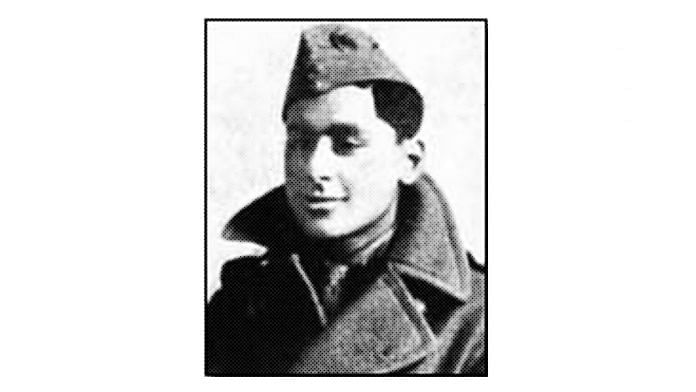New Delhi: He shot down nine German planes in less than two weeks during World War I and earned the reputation of being an ‘ace‘ flyer – a tag conferred on pilots who shot down five enemy aircraft. Indra Lal Roy – nicknamed ‘Laddie’ – was one of the most gifted combat pilots that India has seen but never really celebrated him.
The legend of Indra was such that Red Baron, the top German WWI flyer with 80 aerial victories, paid him a tribute by dropping a wreath from the skies at the spot where his plane had crashed.
India, however, never really celebrated his unique status. On Indra’s 101st death anniversary, ThePrint revisits the journey of India’s first recipient of the Flying Cross.
Influential family
Indra was born to Piera Lal Roy and Lolita Roy on 2 December, 1898 in Kolkata. In her book on Indian soldiers in WWI named For King and Another Country, author Shrabani Basu writes that he was born into a family of bureaucrats and sportspersons.
Piera Lal was a barrister and director of public prosecutions while Indra’s elder brother, Paresh Lal Roy, is often referred to as the father of Indian boxing. His nephew, Subroto Mukherjee, went on to become India’s first chief of air staff.
Back from the dead
Several archives reveal that Roy’s service record was AIR 76/438 and he joined the Royal Flying Corps (RFC) in April 1917 at the age of just 18. He was a student at the 400-year-old St Paul’s School for Boys at Hammersmith London.
Basu writes that Indra’s initial application to the Royal FlyingPik Corps (which later became the Royal Air Force), was rejected because of his ‘defective’ eyesight. But he did not give up. He sold his motorbike to pay for doctors’ fee and get a second opinion from other eye specialists. Soon, he was able to clear the eye test and Indra was formally commissioned into the forces. He was posted to the No. 56 Squadron, which flew the iconic S.E.5 ‘scout’ fighters.
Narrating an incident of 6 December 1917, Basu writes that Indra was flying in France when his plane was shot down by a German fighter and it crashed. Indra lost consciousness and was later presumed dead by a local hospital. They even placed him in a morgue.
On regaining consciousness, Indra had to bang on the morgue’s door to be let out. It was then that a frightened hospital staff called him the boy “who came back from the dead”.
Return of the flying ace
Though a medical board declared Indra unfit to fly again, he refused to give up. He spent his time making designs of aircraft that would ensure the safety of pilots. According to records, Indra resumed flying on 19 June, 1918 and was posted at the No. 40 Squadron of the RAF.
Indra marked over 170 hours of flying time and gunned down nine German fighter aircraft during his service. This includes establishing supremacy in three air battles over the dreaded German combat aircraft Fokker DVII.
Indra’s spectacular flying came to an abrupt end when he was shot down in a dogfight with German Fokker aeroplanes over German-controlled territory on 22 July 1918, just a few months short of his 20th birthday.
Indra was posthumously awarded Britain’s third-highest gallantry award, the Flying Cross. Even George V wrote a condolence letter to his mother Lolita. Basu writes that Indra’s body was found and buried in Estevelles Communal Cemetery in France, where his grave bears an inscription in French and Bengali.
The Bengali one says: “Maha birer samadhi; sambhram dekhao, sparsha koro na” (A valiant warrior’s grave; respect it, do not touch it).
Also read: Sam Manekshaw, the general who told Indira when Indian Army wasn’t ready for a war




Red baron died in 21 April 1918 how can he drop wreath on the site of crash!
The Government of India had issued a postage stamp in his honour. I have seen it.
Philately guys.. tell us the year .. Was it the 80’s ??
A great reminder of our valiant history,will buy this book surely
How could the Red Baron honor Indras legend when Baron was killed in April 1918 but Indras was killed in July 1918?
That was when he was presumed to be dead…. But he was not. He went back to flying.
I guess you will like the book – For King and Another Country by Shrabani Basu.
Thanks. Ordered a copy.